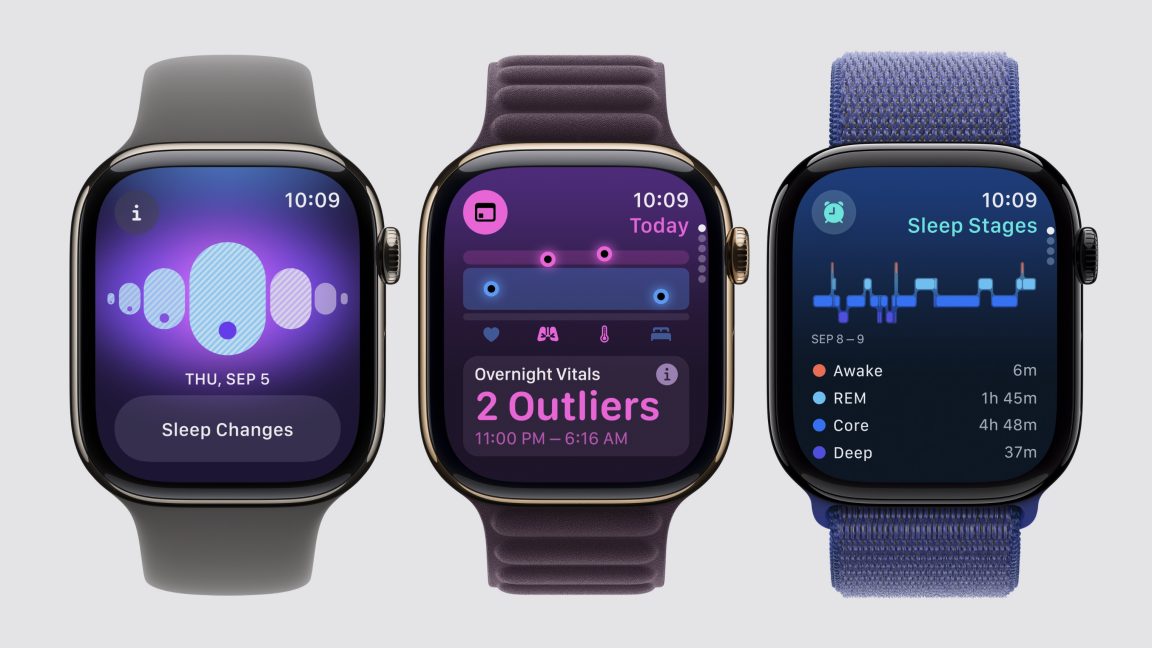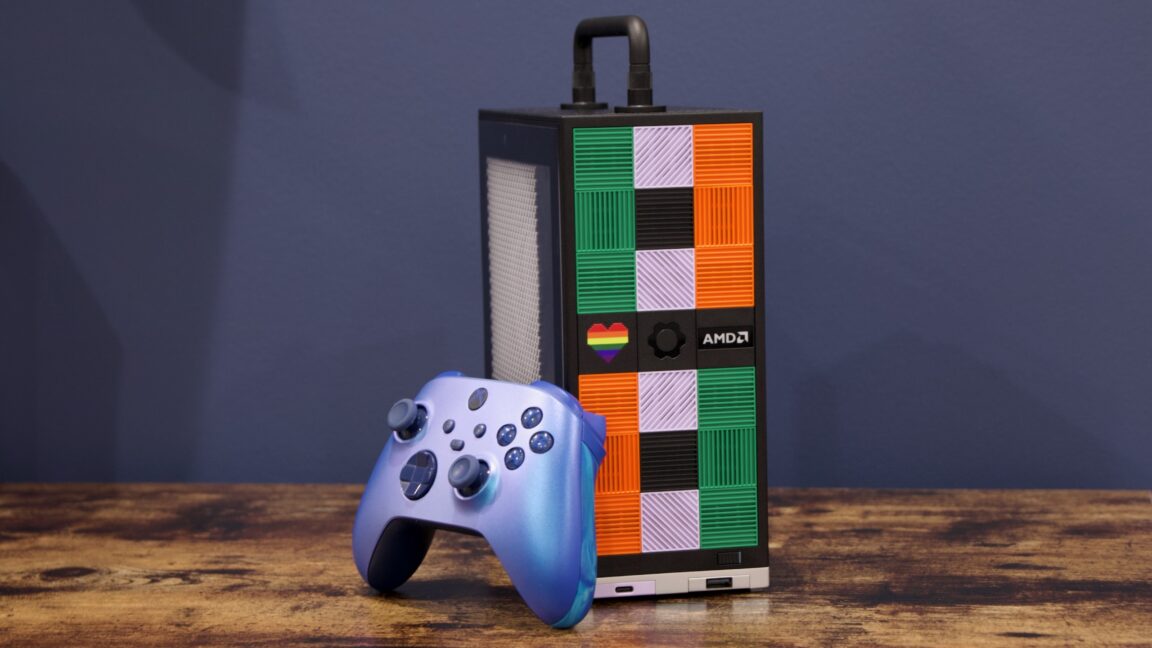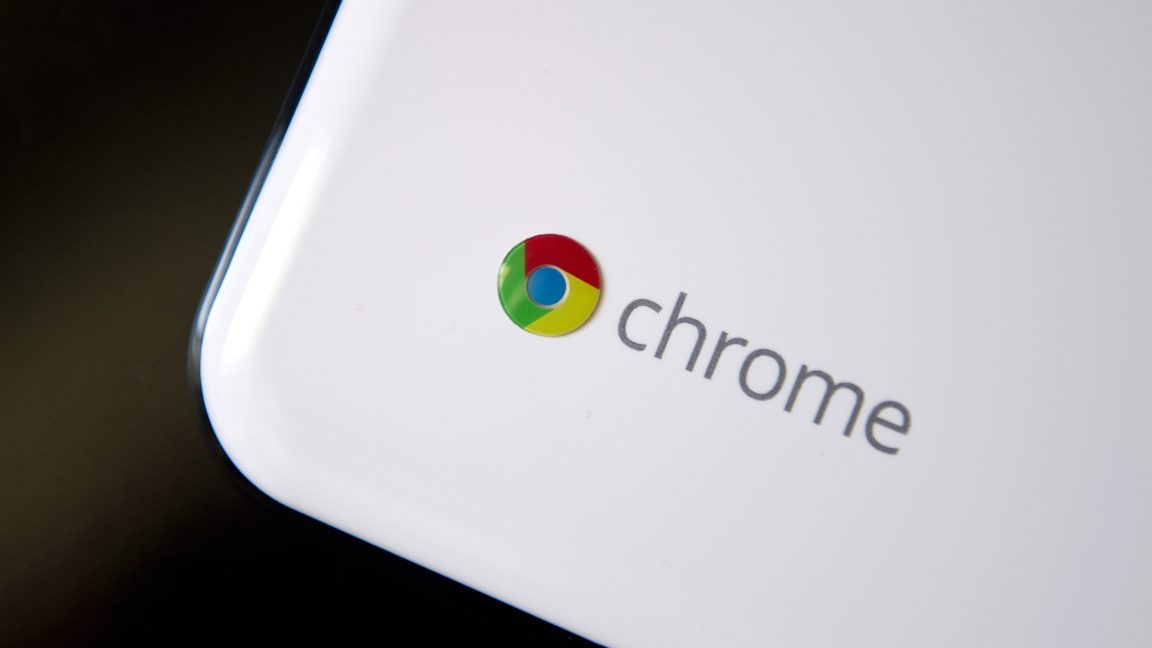Apple Watch restores blood oxygen monitoring in the US with redesigned, patent‑safe approach

After a hiatus tied to a patent dispute, blood oxygen monitoring is returning to select Apple Watch models in the United States through a redesigned implementation. The change lets Apple resume offering the capability on recent watches while steering clear of the issues that previously triggered an import restriction.
The revived experience applies to Apple Watch Series 9, Series 10, and Apple Watch Ultra 2 in the US. According to Apple, a recent ruling by US authorities cleared the path for a software-based rework that alters how measurements are handled behind the scenes.
What’s different now: the watch still collects sensor data on your wrist, but the processing shifts to your paired iPhone. You’ll view the resulting measurements in the Health app under the Respiratory section, rather than seeing full results directly on the watch face as before.
Availability will arrive via software updates. Users need watchOS 11.6.1 on Apple Watch and iOS 18.6.1 on the paired iPhone to enable the reworked feature.
Notably, this change targets US devices affected by the original restriction. Watches sold outside the United States were never subject to the ban and won’t see behavior changes. Likewise, Apple Watches purchased in the US before the ban took effect kept their original blood oxygen functionality, and these updates won’t alter those devices either.
The road back follows years of legal friction centered on light-based pulse oximetry. Litigation kicked off in 2020 and stemmed from earlier talks between the companies about potential collaboration; the dispute ultimately led to the temporary removal of the feature from new units sold in the US in early 2024.
With the reengineered pipeline—capture on watch, processing on iPhone, results in Health—Apple aims to restore practical utility for users while aligning with the latest regulatory guidance. If you’ve been waiting to track SpO2 on a newer US-bought Series 9, Series 10, or Ultra 2, installing the latest updates is the switch to flip.
Quick checklist to get started:
- Update iPhone to iOS 18.6.1 and Apple Watch to watchOS 11.6.1.
- Open the Health app on iPhone and navigate to Respiratory to view blood oxygen data.
- Ensure the Apple Watch is paired and permissions are enabled for Health data sharing.



